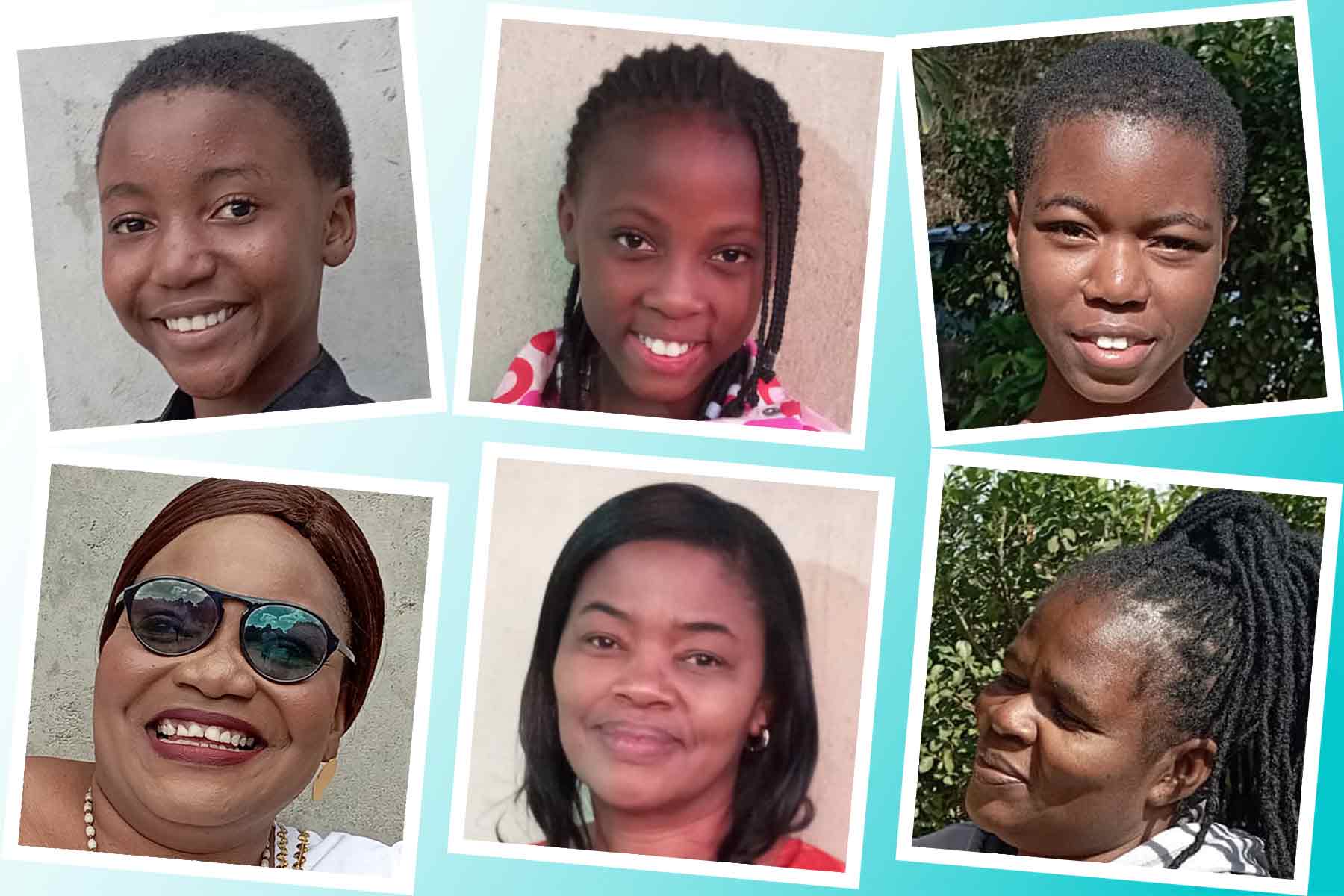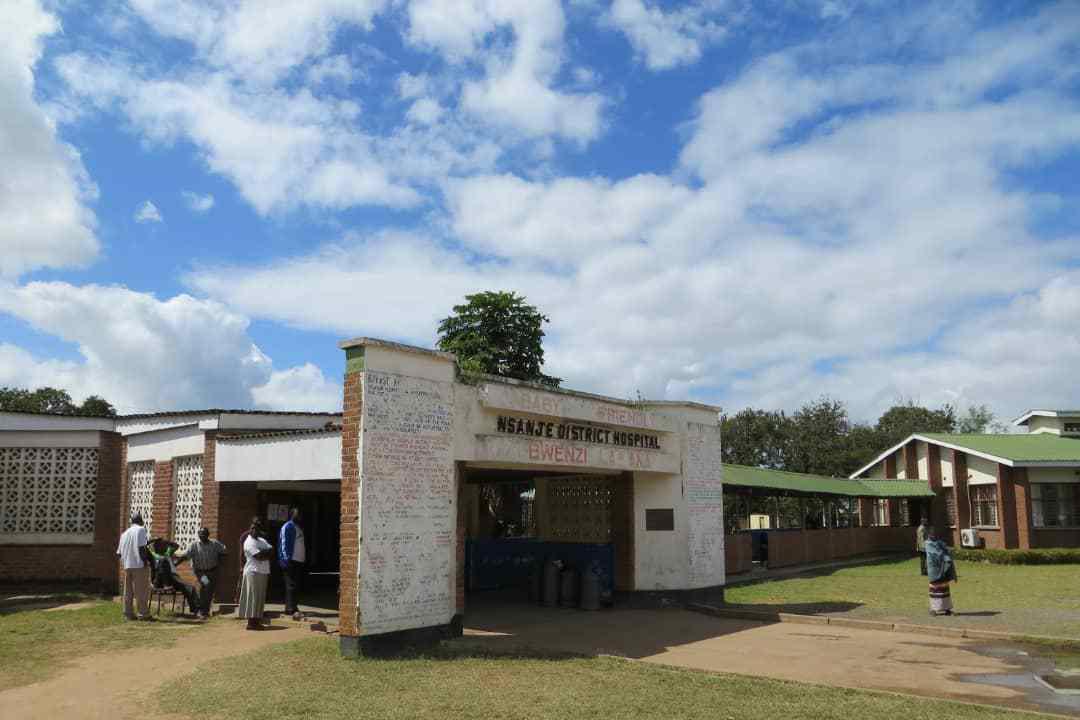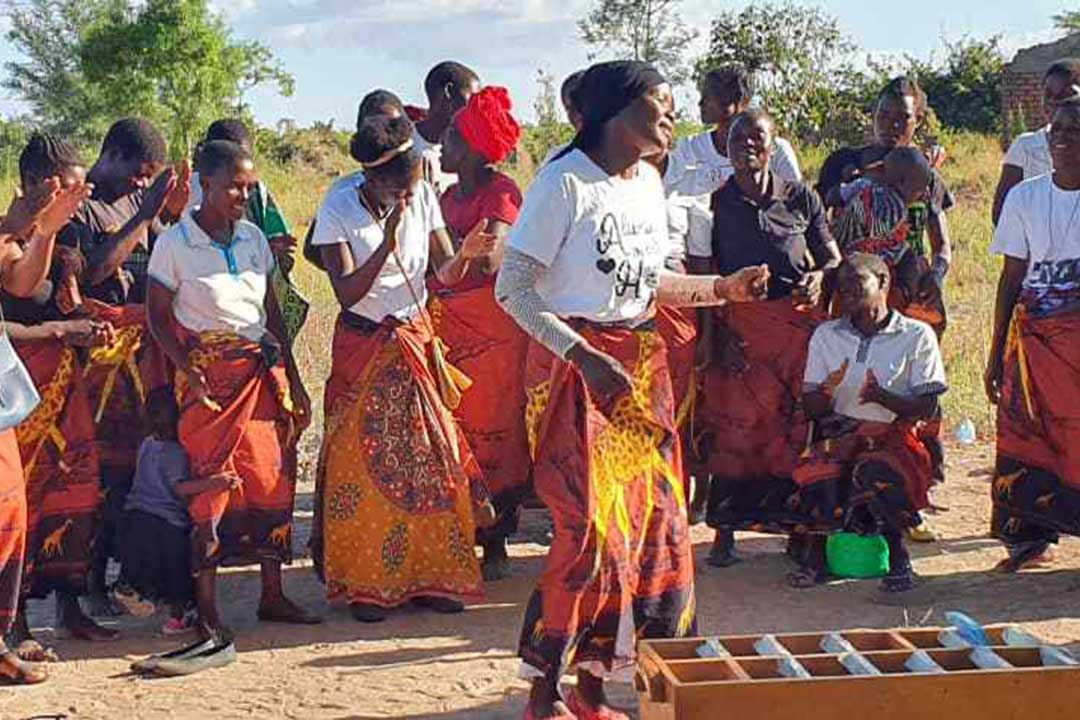Rural Malawi community constructs ‘under-five shelter’ to boost immunisation coverage
Led by passionate women, village groups have raised funds and built vaccination shelters for their youngest and most vulnerable members.
- 11 April 2023
- 8 min read
- by Josephine Chinele

There's a lively, celebratory mood among women in Kawalika, an area of Lilongwe, on this warm, sunny Tuesday morning.
Most women are carrying toddlers strapped on their backs. A few are holding newborn babies wrapped in bright-coloured, handmade shawls. They have gathered to welcome a group of visitors – reporters, NGO workers and others – and show off the building they've built.
I have never seen such community drive in my entire 13 years of work as a Health Surveillance Assistant.”
– Edward Msiyamboza, HSA
It's a simple thing, made of locally-sourced materials: a steel roof shading a large main space, with two smaller consultation rooms branching away. There is no flooring to speak of. But this is not just a structure, it's a vital new institution: an 'under-five shelter', a place where the community's youngest and most vulnerable members can access vital health care.
The women were motivated to construct the shelter because they were fed up, they say, with irregular, poorly-organised under-five clinics – outreach days involving vaccination, check-ups, deworming and other basic care for children aged under five – conducted in the open, under trees.
Besides this, explains Judith Nowa, Chairperson for Kawalika Mother Care Group, the area had registered many preventable deaths in young children, locally believed to have been a result of missed immunisations.
"We had irregular immunisations because the Health Surveillance Assistant (HSA) of this area was also a drunkard," she explains. In the absence of a fixed health care outpost, the community depended on the outreach worker to correctly stock his vaccine cooler bag at the health facility, organise mobile clinic days, and finally, show up when he was due. It didn't work out well. "The communities tried to keep up with this drunkard, unreliable HSA but we registered many unvaccinated-related ailments," she recalls, claiming that one child died of tetanus in 2018.
Deadly Tetanus
The World Health Organization (WHO) says tetanus is a serious illness contracted through exposure to the spores of the bacterium Clostridium tetani, which lives in soil, saliva, dust and manure.
“This structure encourages mothers to engage with the Health Surveillance Assistant on child health. No need to panic during rainy season – we have all the time to have important discussions.”
– Mphatso Lestenda, Namikango Mother Care Group Secretary
WHO says people of all ages can get tetanus, but the disease is particularly common and serious in newborn babies and their mothers when the mother is unprotected from tetanus by the tetanus toxoid vaccine. Children most commonly receive protection against tetanus in the form of the basic three-in-one DTP vaccine, the five-in-one pentavalent vaccine, or the six-in-one hexavalent vaccine.
Let down by the HSA, mothers were forced to walk to Malembo Health Centre, 7km away. A bicycle taxi to the health centre from their community costs about 1,000 kwacha ($1) one way – a weighty expense for many here. "We could leave home around 6am, and return around 3pm. There is always a lot of people at the facility," explains Nowa.
But in 2019, she says, the Gavi-supported Malawi Health Equity Network (MHEN) mobilised a group of women to form a Mother Care Group as a means of expanding immunisation coverage to this area.
Mother Care Groups comprise women of a particular area, tasked with registering and following up on the vaccination of pregnant women and young kids. That involves conducting community mobilisation, ensuring that all children eligible for vaccines are registered, and carrying out defaulter tracing.
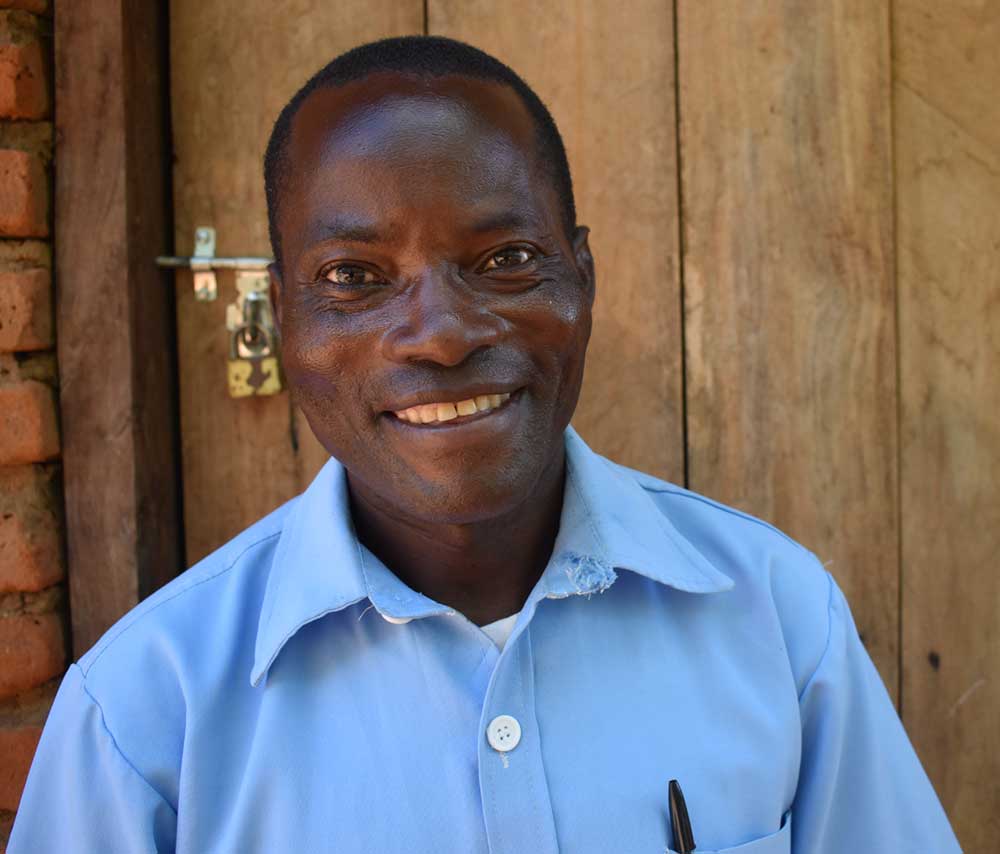
Credit: James Chavula
Floor or no floor, the Kawalika under-five shelter is up and running, serving the community's children.
Edward Msiyamboza, a celebrated HSA in the area, says he is pleased to work with the Kawalika community because of their passion for healthy children.
"I have never seen such community drive in my entire 13 years of work as an HSA. Imagine the Mother Care Group members went as far as doing piece work to earn money, which they could contribute to paying the people who built this shelter as one way of motivating them," he says.
Leadership support
Group Village Headman Kawalika says he permitted the group to use this piece of land for shelter because he did not want to see any more unnecessary child deaths or sickness in his area.
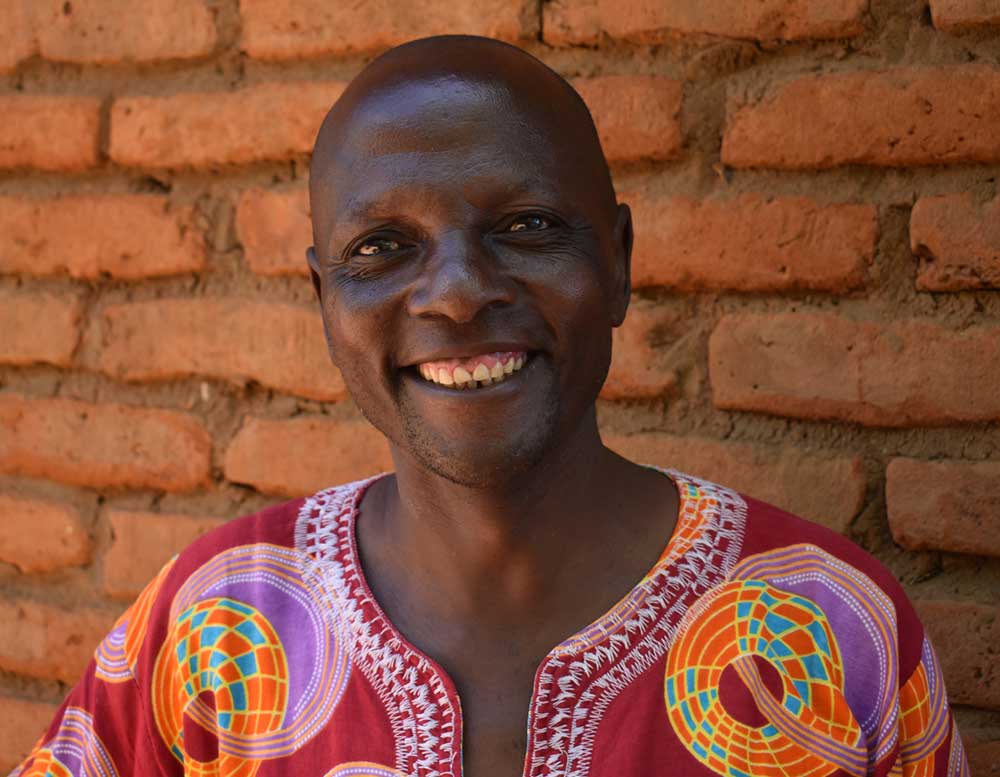
Credit: James Chavula
"Apart from the high child deaths, there was also a lot of movement in the night because men had to escort their sick children to the hospital. This shelter has been assisting in giving out immunisations as well as treating different ailments. Very sick children are referred to Malembo Health Centre in good time," he says.
There are 25 villages under his jurisdiction, and he mobilised people from all these villages to take part in constructing the shelter. Each village was asked to contribute no fewer than 5,000 bricks. Some villages went further, contributing labour at reduced cost.
"As is always the case, a few people didn't want to participate in this noble activity so I asked the people involved to elect a committee that would be following up on this and then apply applicable village by-laws to them. One of the by-laws is that should such households have a funeral or any activity, the people led by the local chiefs would not attend," he said.
A new shelter
Namikango Mother Care Group in Mitundu, also in Lilongwe, is likewise tackling patchy vaccination coverage by building an under-five shelter.
The group's Secretary, Mphatso Lestenda, says before the shelter's construction, under-five clinics were conducted in the nearby church.
"At times we could have [clinic days] cancelled when they clashed with church activities. This made it difficult as many children missed out on immunisations and it was difficult to follow them up, there was no proper mechanism to do so," she says.
Without a proper under-five centre, she reveals, most children from this area wound up on a special supplemented diet due to malnutrition. "Mothers lacked knowledge on child nutrition and importance of routine immunisations. This structure encourages them to engage with the HSA on child health. No need to panic during rainy season – we have all the time to have important discussions."
Have you read?
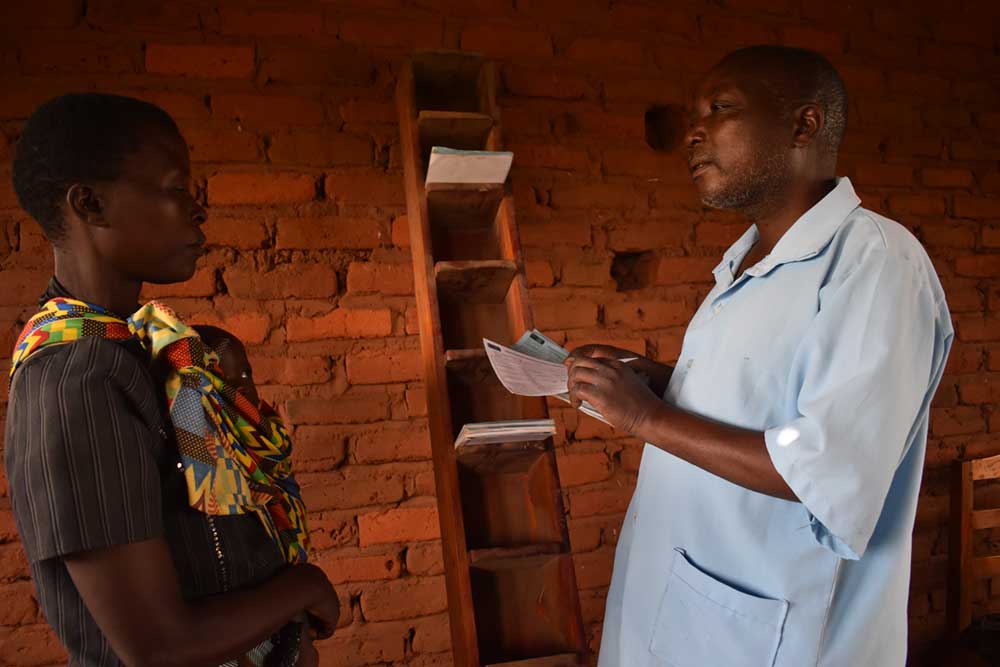
Credit: James Chavula
Jolex Pondani, a HSA from the area, values the community's initiative to create the under-five shelter. "Immunisation has increased from having 30 immunised children per under-five clinic day to now having 65 children or more."
NGO's support
MHEN Projects Officer Hebert Chakwawa says the organisation noted low immunisation coverage in the Mitundu and Malembo areas of Lilongwe. With support from the Ministry of Health and Gavi, the organisation established Mother Care Groups serving those areas.
They now number among 279 Mother Care Groups dotted across nine districts of Malawi.
“After training, we let the Mother Care Groups implement. We rarely monitor them – that’s why we are encouraged by the high morale and passion the Mother Care Groups have shown towards child immunisation. They are so dedicated and they know what they want.”
– Mphatso Chiwanda, Organisation for the Sustainable Socio-Economic Development institute
The overall goal of the Mother Care Group project is to contribute towards the achievement of Malawi's Sustainable Development Goals (SDGs), one of which aims to end preventable deaths of newborns and children aged under five.
The project also aims to help Malawi achieve its growth and development priorities, by enabling participatory health governance to ensure equitable immunisation services.
"What these two communities have done is so impressive. The under-five shelters will continue to help maintaining high immunisation coverage in these areas. In addition to that, the communities will also benefit because the shelters also provide a whole health services package, including family planning and treatment of minor illnesses," Chakwawa says.
Collaborative effort
Mphatso Chiwanda, a project officer with the Organisation for Sustainable Socio-Economic Development Institute (OSSEDI), says every Mother Care Group is supposed to help under-five immunisations.
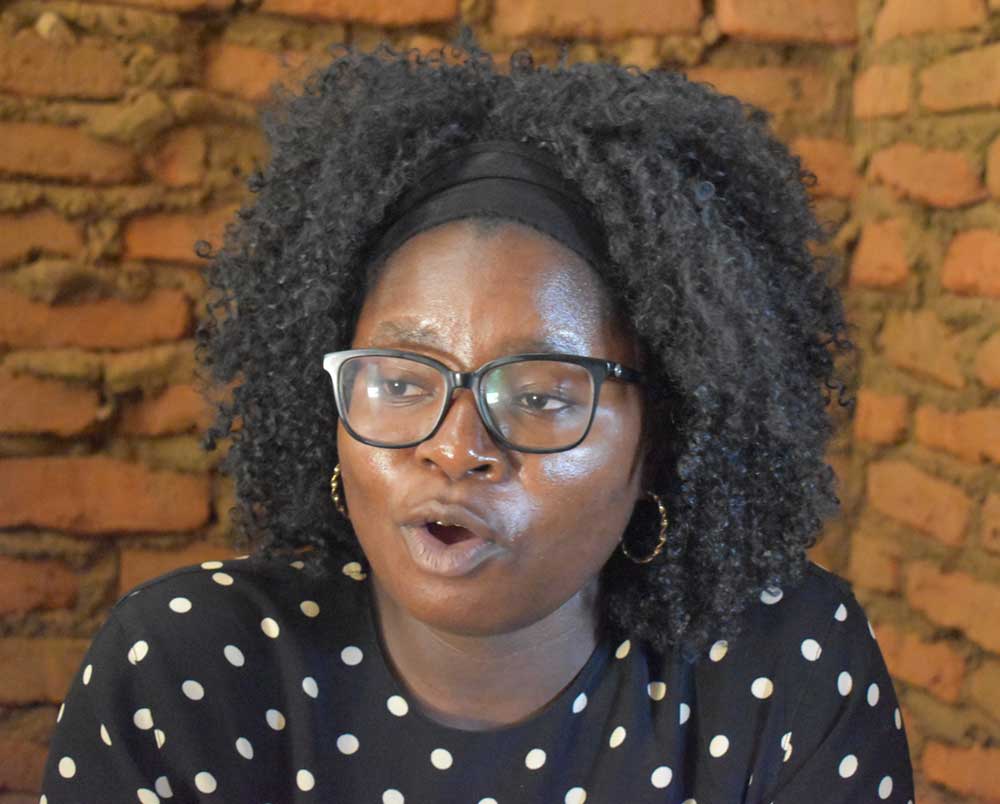
Credit: James Chavula
Each Mother Care Group is supposed to have 30 members. All of them, together with their Group Village Headman, receive an orientation on vaccine basics.
"After training, we let the Mother Care Groups implement. We rarely monitor them – that's why we are encouraged by the high morale and passion the Mother Care Groups have shown towards child immunisation. They are so dedicated and they know what they want," Chiwanda explains.
“These communities are in need of such services but can’t walk long distances to health facilities, especially during the rainy season. The primary health care approach encourages community participation to improve health service delivery.
– Precious Phiri, Ministry of Health
Challenges persist, however. Chiwanda points out that during orientation meetings, it became clear that some women could not read or write – a major hurdle to the documentation and tracking of vaccination.
MoH blessing
Malawi's Ministry of Health (MoH) says it is pleased that communities have a passion to boost immunisation coverage within their means.
Precious Phiri, MoH's Chief Primary Health Care Officer, says that the MoH National Community Health Strategy provides for the construction of health posts in hard-to-reach areas, defined as any location from which people have to walk 8km or more to access care.
"MoH is happy with these community initiatives as we await the implementation of the construction of health posts as stipulated in the National Community Health Strategy. We should not deny communities a chance at health care and development through under-five shelters. We could still be using these shelters to increase the immunisation coverage. These structures may also be providing other services like family planning," he says.
Phiri adds, "These communities are in need of such services but can't walk long distances to health facilities, especially during the rainy season. The primary health care approach encourages community participation to improve health service delivery. Most communities already have HSAs, but lack facilities to deliver the services."
More from Josephine Chinele
Recommended for you




